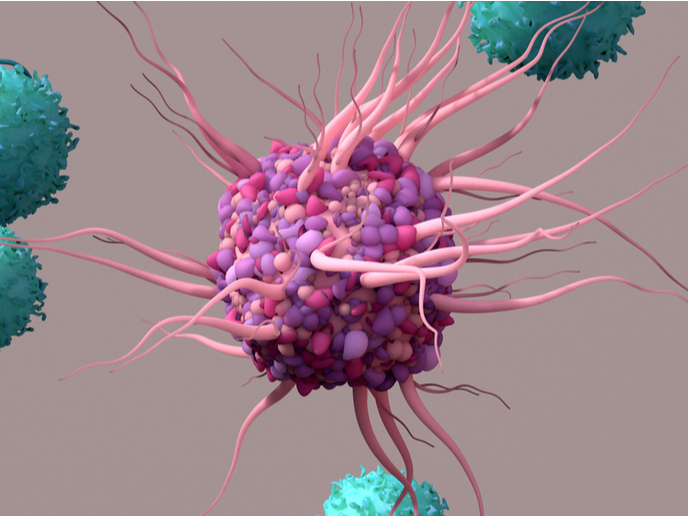Understanding the root causes of mental disorders
The CELLSYNCIRCUITS project focused on synapses, the spaces between neurons that facilitate the transmission of information in the brain. Scientists believe that synaptic dysfunction could be a root cause of certain mental disorders such as schizophrenia and autism. ‘Finding out what is going wrong in the brain of a patient with a mental disorder could help us come up with new ways to mitigate suffering and find cures,’ explains Dr João Peça from the University of Coimbra in Portugal, recipient of a Marie-Curie Action Career Integration Grant and coordinator of the CELLSYNCIRCUITS project. ‘In this respect, looking at the role of synapses has helped us understand how information in the brain is conveyed, and how synaptic malfunctions might lead to behavioural disorders such as autism or schizophrenia.’ This research could also influence future discussions on social policies. ‘We have found evidence for example that early life interaction between mother and infant is a critical aspect in the normal development of social animals,’ says Peça. ‘If this is true, then this interaction could be dramatically more important for complex beings like us. This could be an important insight for future discussions on, say, maternity leave.’ Synapses and neural circuits The CELLSYNCIRCUITS project examined neural circuits at multiple levels of complexity. Using rodents as a model, the project zoomed in on the role of individual proteins that sit in synapses, examining what function they perform in modulating information. It then zoomed out from this single molecule approach to examine how neural circuits might control behaviour. This research - at both the single gene level and at the circuit level – sought to achieve a more holistic understanding of brain function. ‘We tried to identify whether certain neural circuits are responsible for specific social behaviours,’ explains Peça. ‘Understanding autism is a big focus on my work, and I want to understand how certain genetic elements can lead to a disease state.’ Early life adversity The project also assessed how stress can impact social behaviour, through an examination of how early life deprivation and adversity can have repercussions in later life; for example, if an infant is separated from its mother. ‘We found that environmental factors can indeed trigger dysfunctional social behaviours in adulthood,’ says Peça. ‘The long-term consequence of early life adversity could therefore play a role in an individual’s integration in social groups later on in life. Also, as early life stress is a factor that will always be with us, we should perhaps think about building strategies that more effectively mitigate the social impact on affected individuals.’ The Career Integration Grant, which funded this pioneering research, has also had a positive impact on Peça’s early career in neurobiology. ‘This was the first grant I received while setting up my independent laboratory, and it has had a huge influence on my current work,’ he says. ‘The grant enabled me to get my lab up and running, and most importantly to become recognised and integrated within the Portuguese scientific community. This grant has been a big help in terms of building up my independent research.’
Keywords
CELLSYNCIRCUITS, synapse, brain, neural, circuits, Marie Curie, schizophrenia, autism, neurobiology







